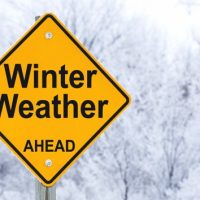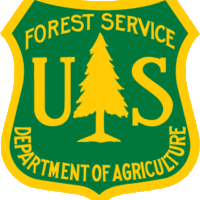
ODOT encourages drivers to be ready for winter driving conditions.If you must travel in difficult weather conditions, be sure to have chains or traction tires for your vehicle and use them when it’s necessary.
• Chains can be link chains, cable chains or other devices that attach to the wheel, vehicle, or outside of the tire that are specifically designed to increase traction on snow and ice. Drivers should note that link chains may not be recommended for use on some types of vehicles; check your owner’s manual.
• Traction tires can be studded tires or tires that meet Rubber Manufacturers Association standards for use in severe snow conditions and carry a special symbol on the tire sidewall showing a three-peaked mountain and snowflake. These tires work about as well as studded tires on ice, but work better than studded tires or regular, all-weather tires in most other winter conditions. And they cause no more damage to road surfaces than regular, all-weather tires.
Both chains and other types of traction tires are easier on roads than studded tires. Our latest study concluded studded tires cause about $8.5 million in damage each year on state highways.
Chains Required
When driving in winter conditions you may see signs letting you know the current requirements for chains or traction tires. When signs go up, Oregon law requires identified vehicles to be chained up. Traction tires may be used in place of chains for some passenger vehicles that are not towing a trailer or another vehicle. In some cases, all vehicles may be required to have chains regardless of the type of vehicle or the type of tire being used.
This year, the Oregon fine for failing to use chains or traction tires when required increased to $880 per violation. The 2021 Oregon Legislature raised the fine to encourage compliance and improve safety. For instance, when a truck loses traction and becomes stuck or crashes, it can delay dozens or hundreds of other travelers impacted by blocked lanes. Crashes on Oregon highways and freeways can block traffic for many hours depending on the location, weather conditions, severity of crash and availability of incident responders.
The estimated cost of delays caused by trucks failing to follow Oregon chain laws is over $8 million a year – to the motor carrier industry and other highway users.
Chain laws in effect year-round
Chain and traction tire laws are in effect year-round in Oregon; however studded tires are only allowed from November 1 through March 31.
Be ready, severe winter weather can hit without much notice, so be prepared to comply with Oregon chain and traction tire laws and associated posted signs.
Know before you go: Please visit www.TripCheck.com or call 511 for the latest road conditions. ODOT provides bad-weather driving tips and how-to videos online: http://www.oregon.gov/ODOT/COMM/pages/winterdriving.aspx.















